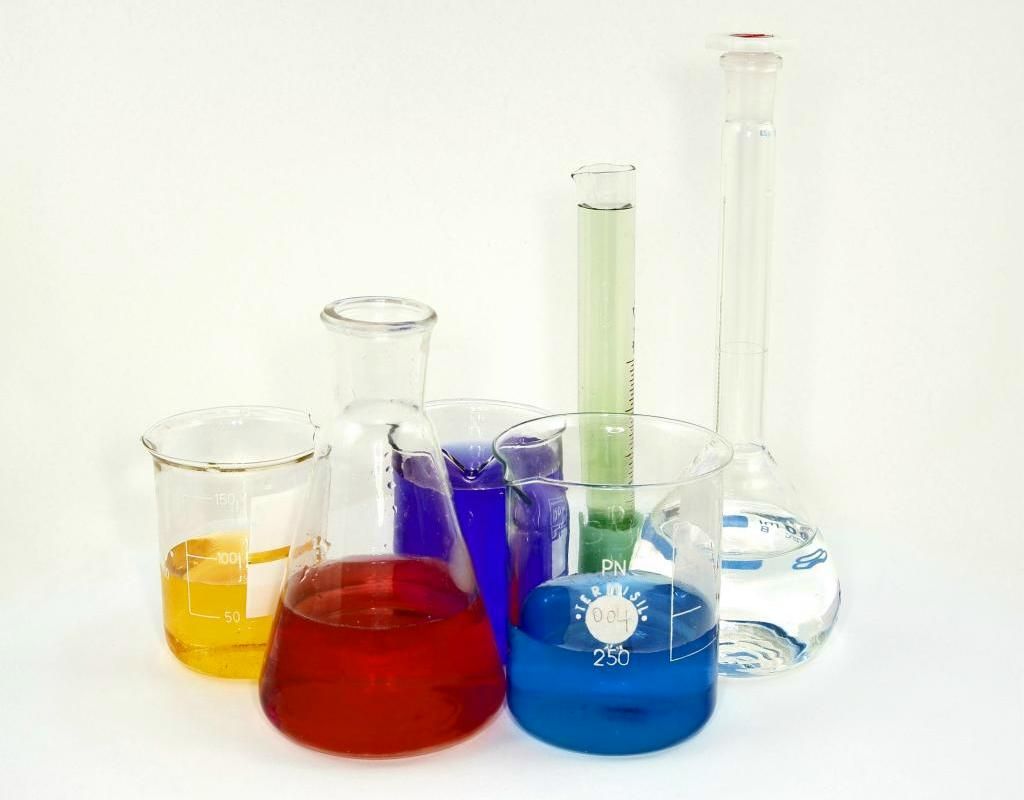
Lab
To my fellow chemistry students,
I salute you. Brothers- and sisters-in-arms, in exactly three words, we know the most dreaded fact of our major:
Chemistry lab sucks.
It starts with an expectation for professional accuracy in an amateur lab environment and continues on with the post-lab you’re stuck completing late into the night.
But the entire issue stems from one simple problem, one that the department has yet to tackle: credits.
It is beyond ridiculous that chemistry labs are one-credit, especially given the sheer amount of time students put into the work for these classes.
With that said, professors in the chemistry department do a decent job of addressing the ingrained difficulties associated with lab.
Teaching assistants, for example, hold numerous office hours, during which they help students understand concepts or elaborate on lab report requirements. It’s impossible to not have access to them.
Even with the help, the average score for the Organic Chemistry Laboratory II midterm I took last week was a 35.4 out of 75. That’s a 47 percent.
You can guess on the midterm and lab and you’ll probably do better than that kid next to you who read the book. Yes, in chemistry, we do in fact read the textbook.
By the numbers, I spend seven hours a week working on chem lab — more than any other class this semester. Time spent comes from the three-hour labs and four hours spent living with the TA in the Chemistry Building.
This university doesn’t seem to consider the disconnect between workload and course credit to be a problem for the majority of undergraduate chemistry labs.
Credits are earned under a semester hour system — a unit of credit equivalent to a subject pursued one period a week for one semester, according to the university undergraduate catalog.
Often times, one period is equal to about 50 minutes of instructional time. This guideline can be seen at this university with most three-credit courses, which often have three 50-minute, or two 75-minute lectures and discussions per week.
Unfortunately, the same system isn’t applied to labs. In fact, according to the undergraduate catalog, “two or three hours of laboratory or field work are equivalent to one lecture or recitation period.”
In other words, the university considers the three hours students spend in chemistry lab equal to one 50-minute lecture, which is wrong on so many levels. It is a major problem when a course requires more work than an organic chemistry lecture but is weighted the same as UNIV100: The Student in the University.
The simple solution is to make chemistry lab easier.
This isn’t a cry from an over-stressed student. Bumping up the credit count would push many science majors past the credit limit per semester; that’s a problem. By taking off the workload, department officials would finally be matching the credit value with the amount of time spent on the course.



